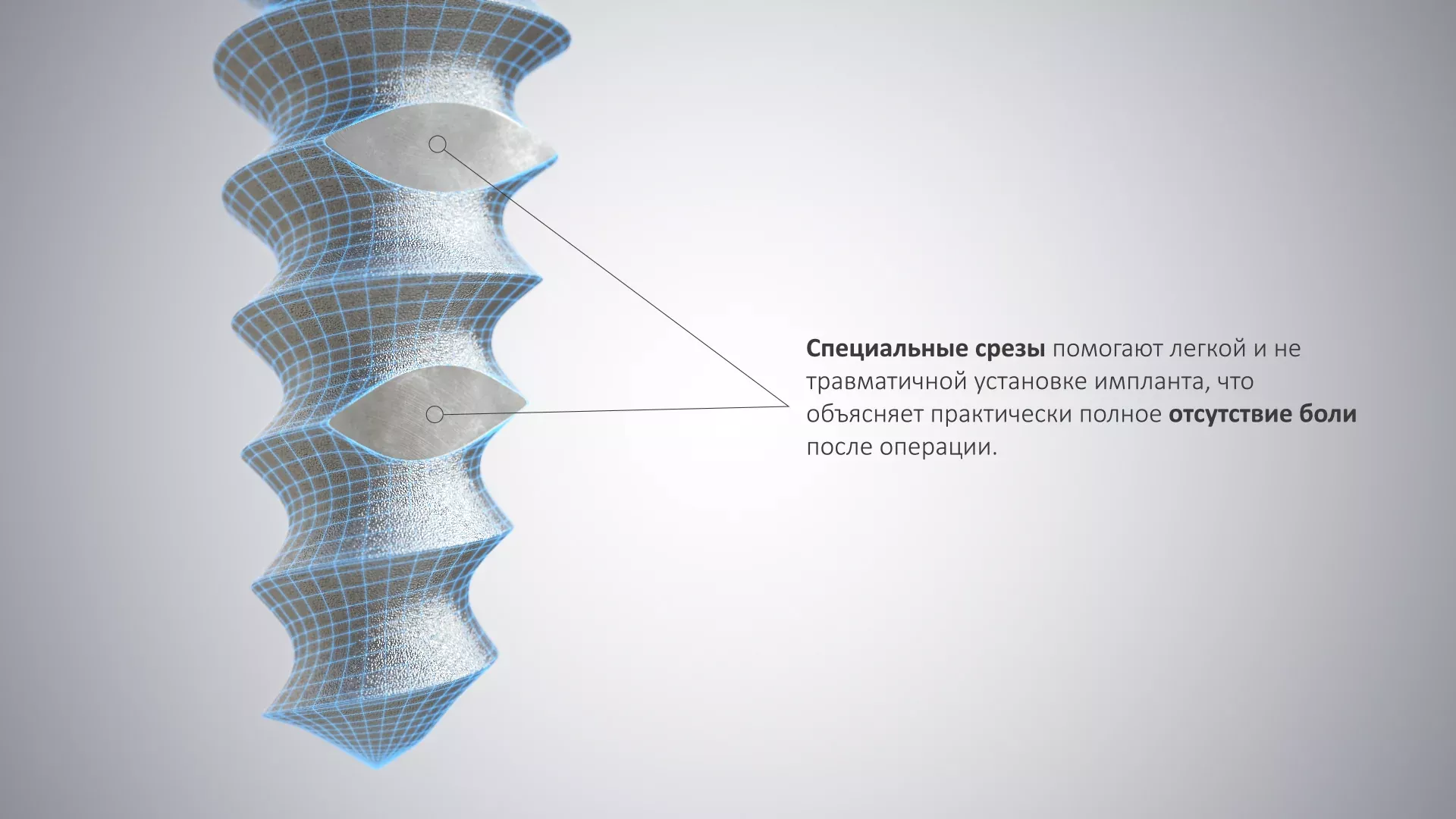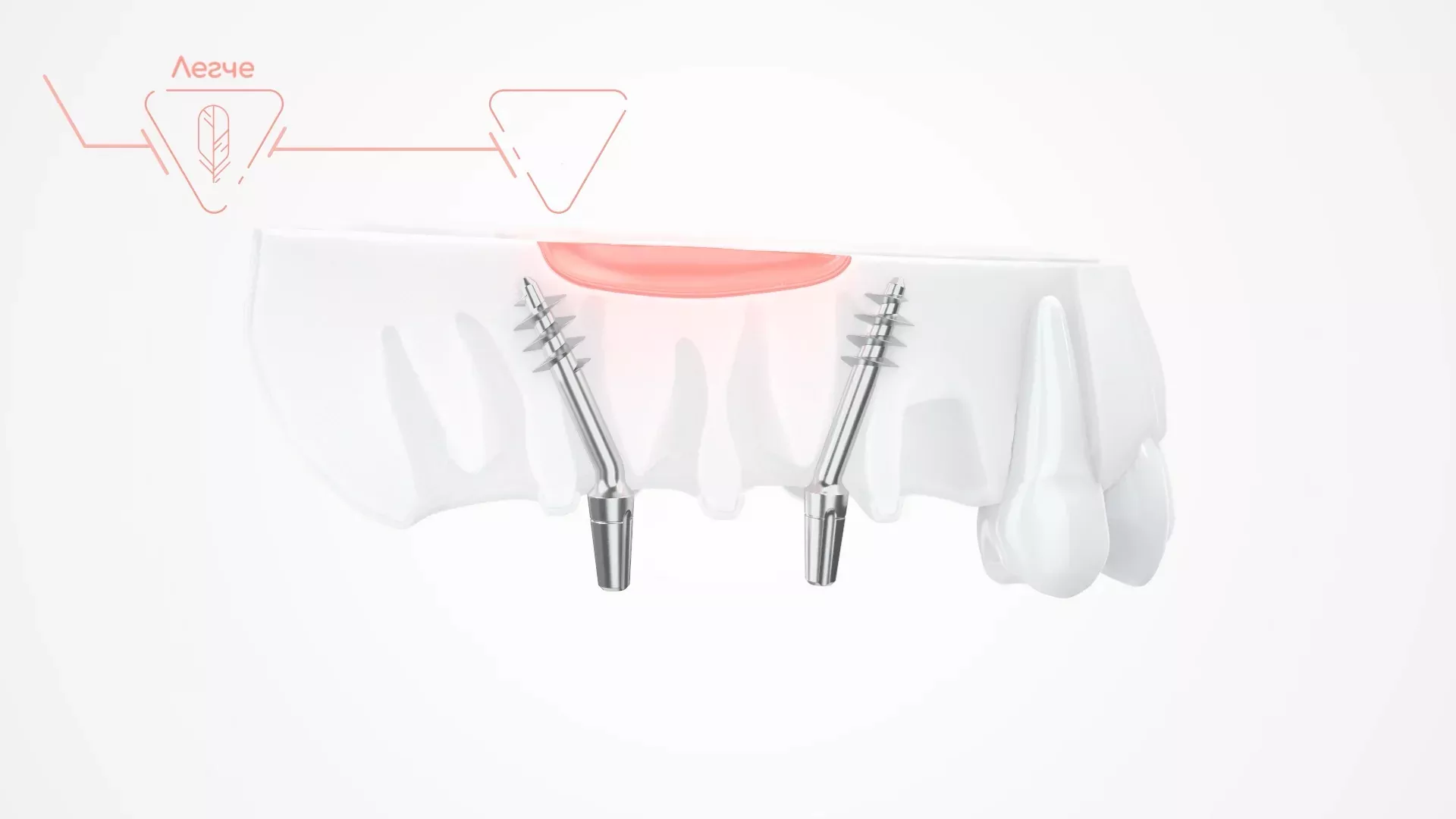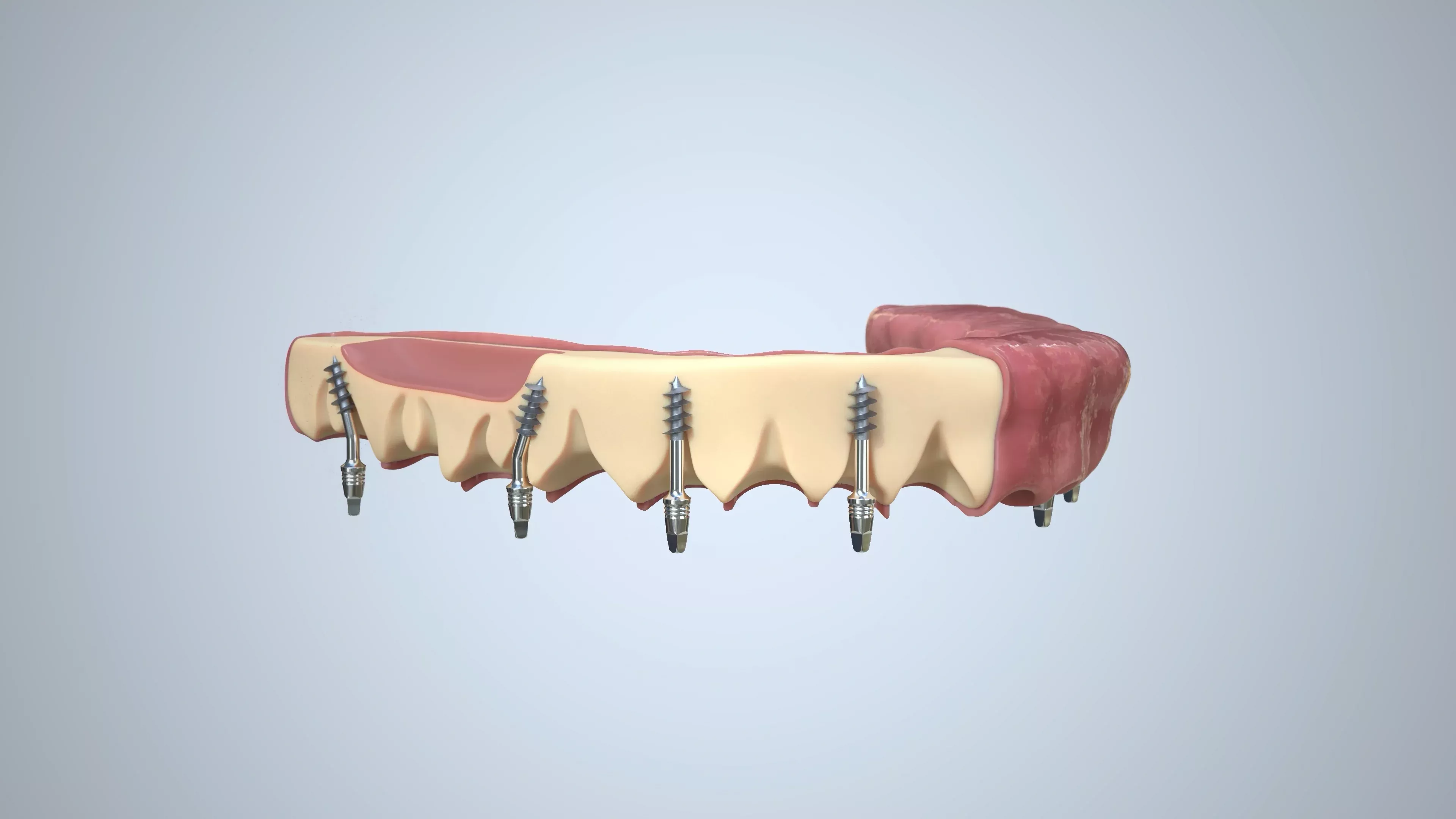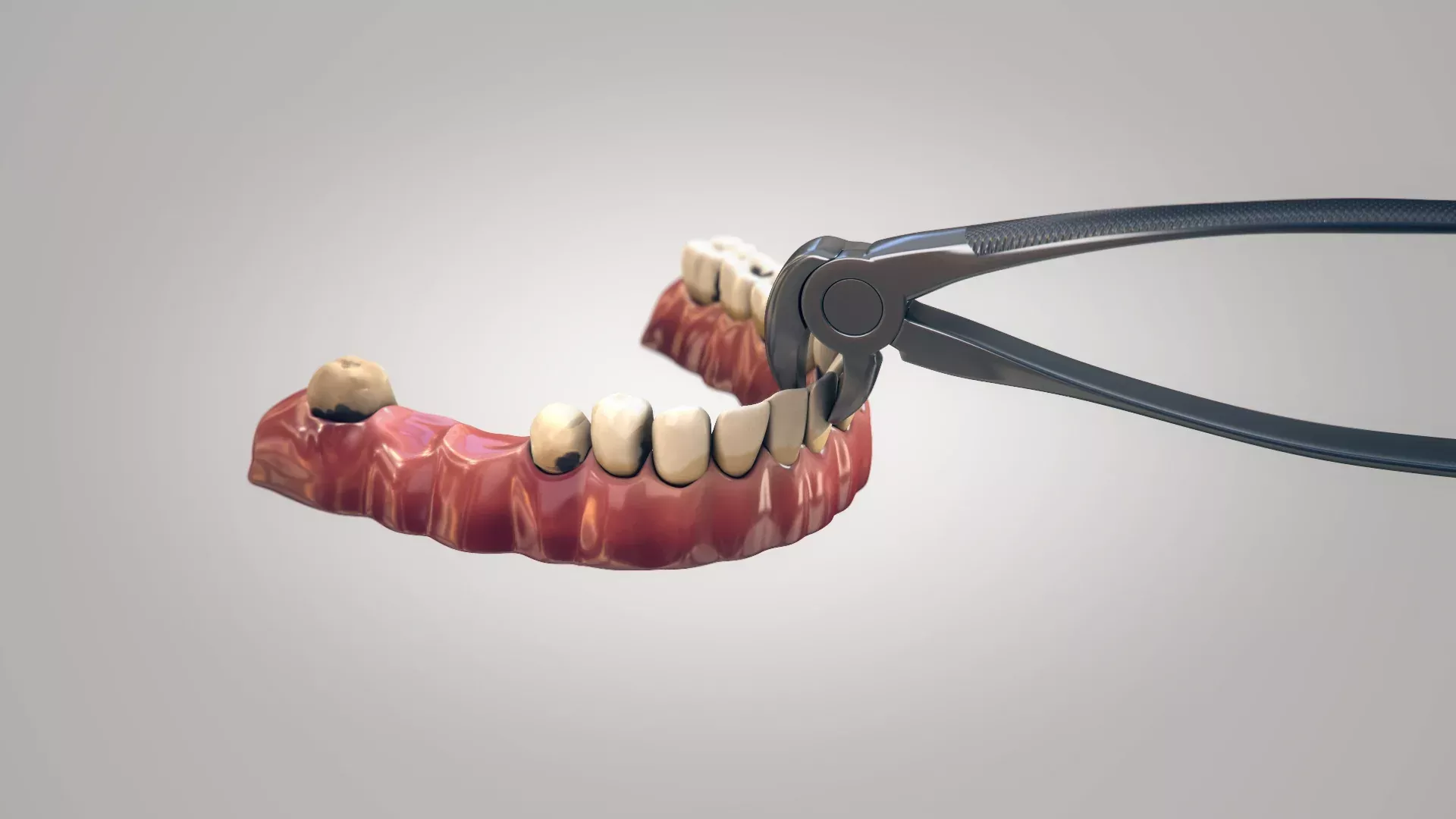3D Medical Animation: Transforming Patient Experiences and Enhancing Healthcare Communication
3D Medical Animation has revolutionized the healthcare industry by enabling medical professionals to visually communicate complex surgical procedures, new technologies, and advanced treatment methods with patients and colleagues. It has become an essential tool for dental clinics, surgeons, and rehabilitation specialists to build trust and alleviate patients' concerns about previously complicated and painful procedures. In this article, we explore the benefits and applications of 3D medical animation, and how it helps transform patient experiences in dental clinics and beyond.
Engaging and Simplifying Complex Medical Procedures
The primary goal of 3D medical animation is to convey intricate processes and procedures in a visually engaging and easily understandable manner. By presenting complicated surgeries or explaining new technologies such as prosthetics and bionics through realistic animations, patients can grasp the concept without getting overwhelmed or shocked. This empowers them to make informed decisions about their treatments and fosters a sense of trust in the medical professional.
Alleviating Patients' Fears in Dental Clinics
Dental clinics often face the challenge of addressing patients' anxiety and fear regarding complex and painful procedures. By using 3D animation, these clinics can demonstrate the procedures step-by-step in a simplified and non-threatening way, helping to alleviate patients' concerns. This not only improves patient experience but also enhances the overall communication between the dentist and the patient, ensuring a smoother treatment process.
Showcasing Advanced Rehabilitation Methods
3D medical animation also plays a significant role in showcasing the latest rehabilitation methods and technologies used by surgeons and rehabilitation specialists. It helps illustrate the principles of interaction between bionic prosthetics and the human body, and how effectively these prosthetics can replace the function of a lost limb. This visual demonstration allows patients to better understand the potential outcomes of their rehabilitation and encourages them to be more engaged in their recovery process.
Building Trust through Medical Videos
A well-crafted 3D medical animation video can address patients' concerns and highlight the benefits of a particular treatment or procedure. By showcasing their expertise and cutting-edge technologies through these animations, medical professionals can establish a strong foundation of trust with patients even before their first visit to the clinic. This trust plays a crucial role in ensuring successful patient outcomes and fostering long-term relationships.
Conclusion
3D medical animation is transforming the healthcare industry by making complex procedures more accessible, alleviating patients' fears, and enhancing communication between medical professionals and their patients. As technology continues to evolve, the potential applications for 3D medical animation are limitless, paving the way for more personalized and effective healthcare experiences.
The nearest example:
SPECIFICATIONS
-
FORMedical centers, dentistry, bionics and prosthetics engineers, doctors, and method authors.
-
AccentService or medical device.
-
AUDIENCEPotential patients.
-
EXTRA RESULTClient's trust and sense of security.
-
DURATION1 to 3 minute video.
-
DELIVERY CHANNELS • Website. • Advertising on YouTube. • Context advertising. • Social networks. • Screens at the reception.










